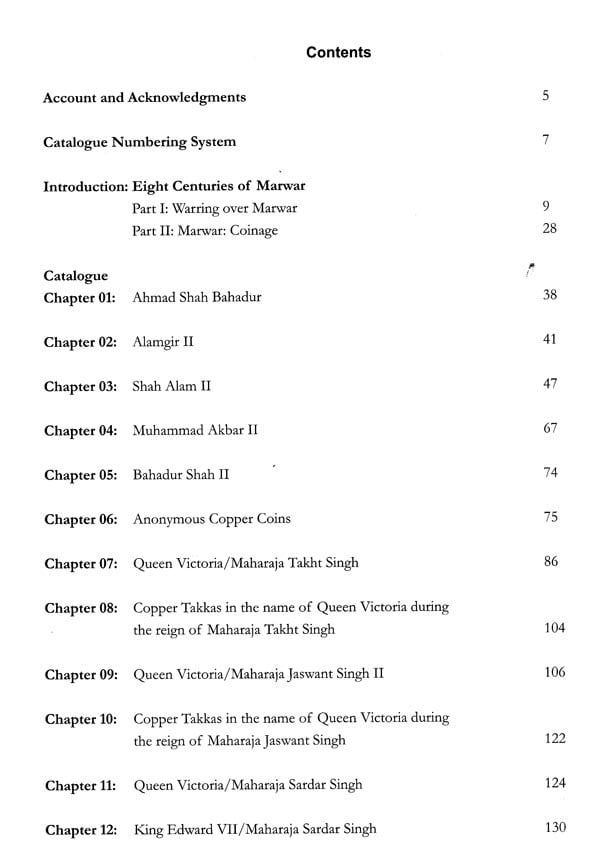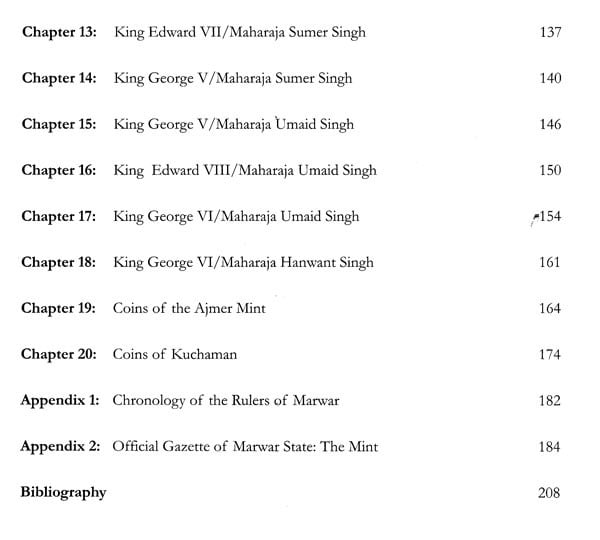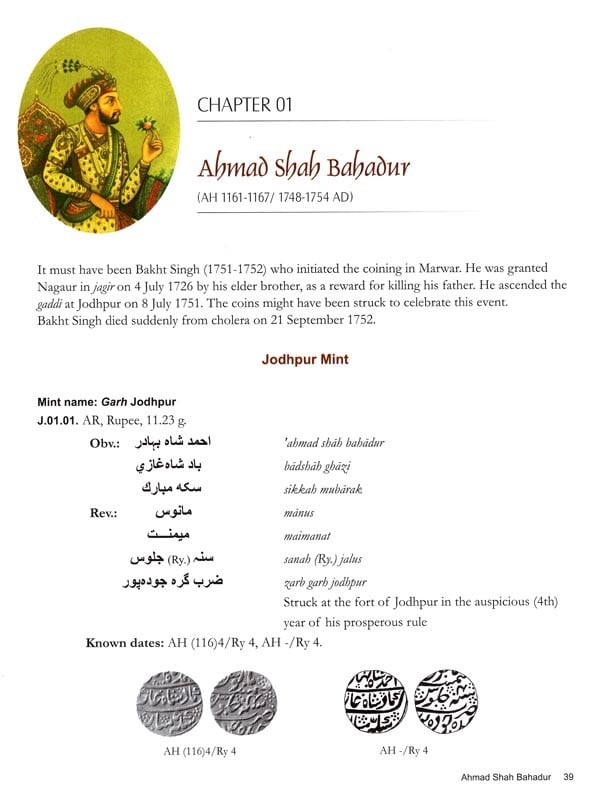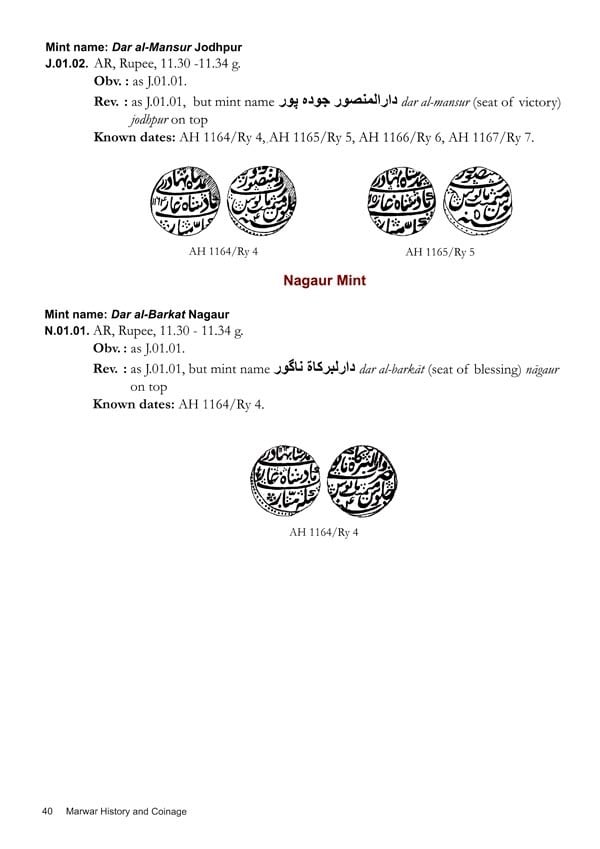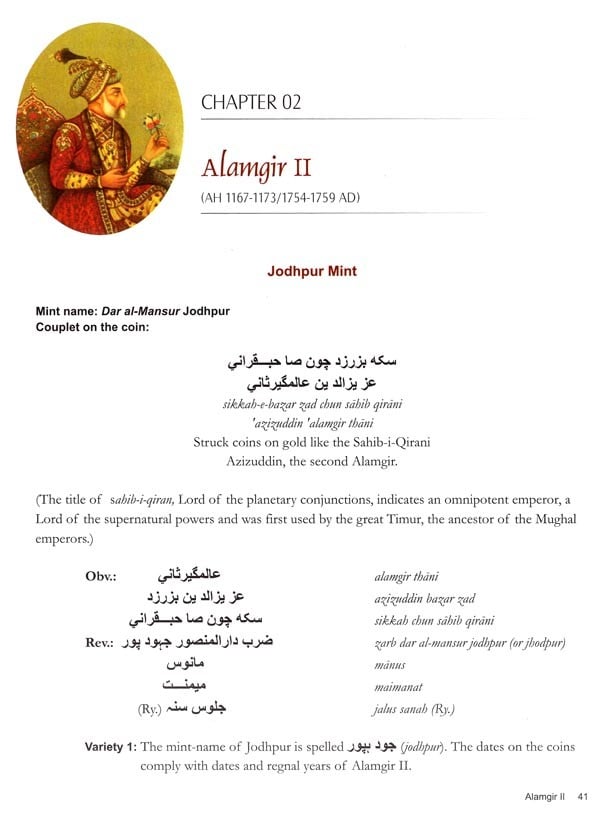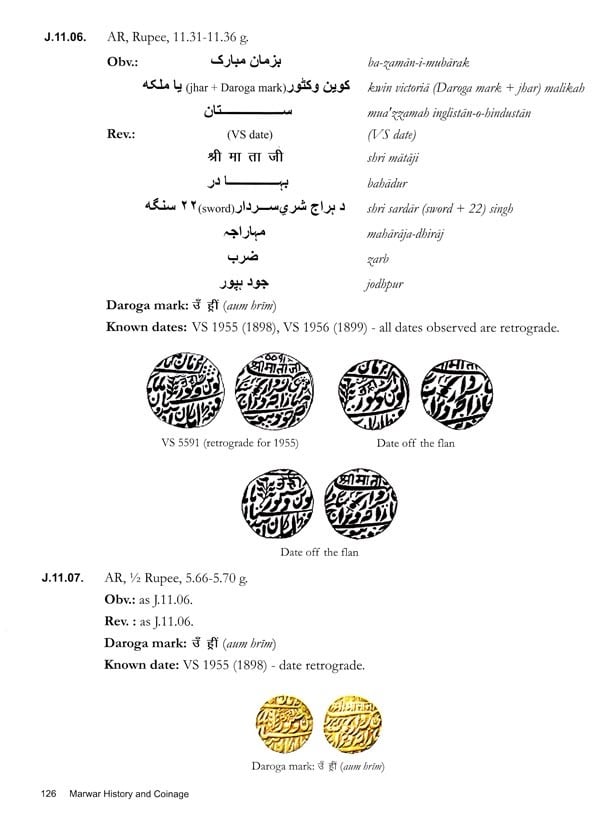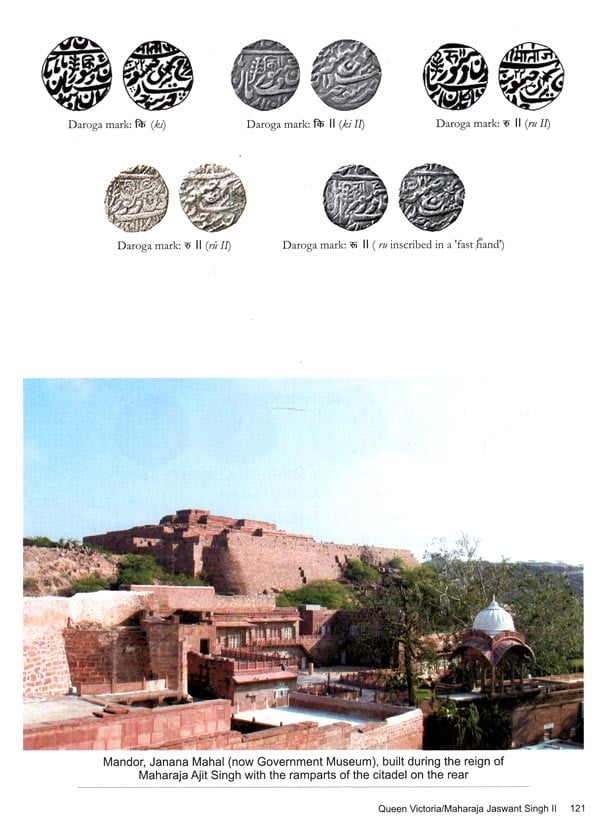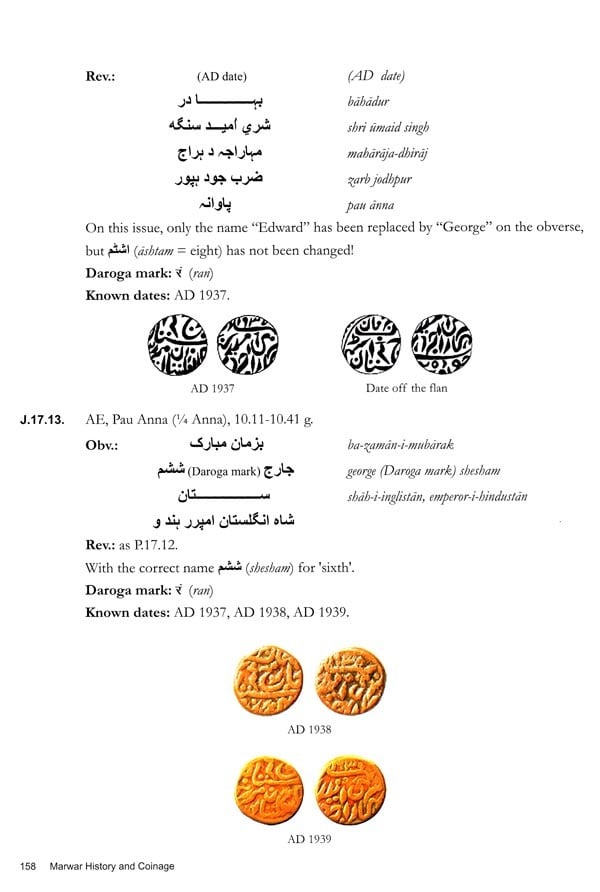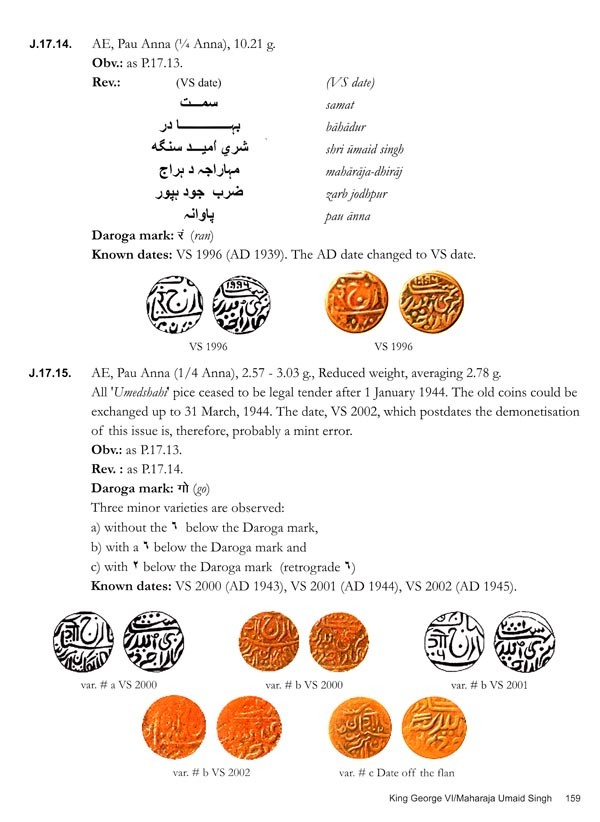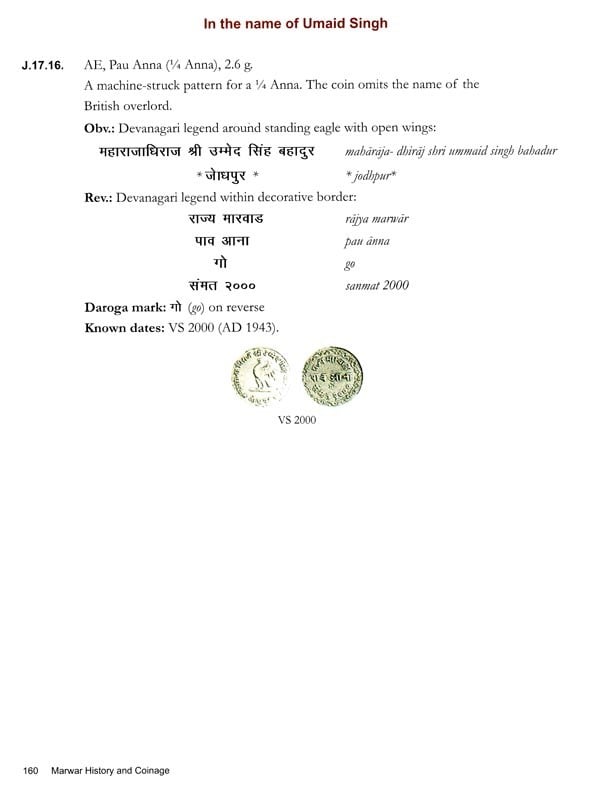
Marwar Jodhpur State : History and Coinage
Book Specification
| Item Code: | UAC623 |
| Author: | Jan Lingen |
| Publisher: | IIRNS Publications Pvt. Ltd |
| Language: | English |
| Edition: | 2012 |
| ISBN: | 9788186786307 |
| Pages: | 208 (Throughout B/W and Color Illustrations) |
| Cover: | HARDCOVER |
| Other Details | 11.50 X 8.50 inch |
| Weight | 910 gm |
Book Description
Jan Lingen was born in Lekkerkerk, the Netherlands, in 1942. After his secondary education he was employed in an architects' office in Rotterdam. While there, he continued his studies on a part-time basis. In 1967 he completed his studies, obtaining his qualification as building engineer / architect at the Academy of Arts and Science, nowadays known as Rotterdam University. That same year he was asked to supervise, as site-superintendent, the construction of the Netherlands Embassy in New Delhi, India. After his return home in August 1972, he continued to work in the same architects' office until 1979, when he moved to the ABN-AMRO Bank in Amsterdam as a project manager. He remained with the Bank until his early retirement in 2002.
During his assignment in India, a long concealed interest in archaeology and history blossomed and this led to a great interest in and passion for Indian numismatics. In 1971 he joined the Oriental Numismatic Society and, in, the same year, he got to know Ken Wiggins, with whom he developed a close co-operation and friendship, which ended abruptly with Ken's untimely death in 2000. Jointly, they wrote the book on the Coins of the Sindhias (London, 1978). Jan is the author of several articles on Indian coinages, published in various magazines and journals, mostly on the coinage of Mughal India, the Princely States and the European trading companies in the East.
He has also been active in several numismatic societies and was President of the Royal Dutch Numismatic Society from 1988 till 1994, during which period it celebrated its centenary. For over 25 years he has been active on the board of the Rotterdam Coin Circle and, since 1994, he has acted as the Oriental Numismatic Society's Regional Secretary for continental Europe.
In 1999 he was appointed honorary member of the Royal Dutch Numismatic Society and for his services to the society he was, in October 2002, awarded the royal honour of Member of the Order of Orange-Nassau.
This chapter is divided into two parts. The first traces the history of the rulers of Marwar (in Rajasthan) from the late 12th century AD to the independence of India, while the second goes on to track the coinage of that period.
GEOGRAPHY
The former Princely State of Jodhpur - also known as Marwar - with an area of 36,120 square miles, was the largest in Rajasthan, occupying more than a quarter of the entire State.
Marwar was situated in the west of Rajasthan (Rajputana). The Aravalli mountain range divided it from Mewar, Sirohi and Palanpur. The boundaries of Marwar were as follows: in the east there were the States of Jaipur and Kishangarh; in the south-east, Ajmer, Merwara and Mewar (Udaipur); in the south, Sirohi, Palanpur; the Rann of Kutch and Sind; in the north-west, the State of Jaisalmer and in the north, the State of Bikaner.
HISTORY
Foundation of the State
The royal house belongs to the Rathor clan of Rajputs, who ruled as vassals of the Gahadvala dynasty at Kanauj before their expulsion from that place by the Muslim conquerors of Northern India in AD 1194. Siahji, a descendant of Jai Chand (the last Gahadvala ruler of Kanauj), conquered Khed (in Mallani district in Jodhpur) and the' neighbouring tract from the Gohel Rajputs and planted the standard of the Rathors amidst the sand hills of the Luni in 1212. About the same time, he added the district of Pali to his conquest. The foundation of the State, now known as Jodhpur, thus dates from about 1212.
In Siahji's time, however, the greater part of the country was held by Parihar, Gohel, Chauhan or Paramara Rajputs. The successors of Siahji were engaged in perpetual quarrels with the people among whom they settled. In 1381 Rao Chandra took Mandor from the Parihar chief and made the possession secure by marrying the latter's daughter. Mandor became the Rathor capital for the next seventy-eight years and formed a convenient base for adventures farther afield. Before Rao Chandra's death about 1409, Nagaur and other places were conquered.
Rao Jodha (1438-1489), after annexing Sojat in 1455, abandoned Mandor and founded a new capital at Jodhpur. There he began the construction of the famous Mehrangarh fort in May 1459 and transferred the seat of government there. Rao Jodha had fourteen sons and twenty-three brothers, from whom descended the principal rulers and nobles of Jodhpur, Bikaner, Kishangarh, Ratlam, Sitamau, Idar, Ahmadnagar and Jhabua. No dynasty is more extensively represented amongst the ruling and noble houses of India.
Rao Ganga (1515-1532) supplied a contingent of his clansmen under his grandson, Rai Mal, to Rana Sanga of Mewar to fight against Babur on the fatal field of Khanua (1527), where Rai Mal and several other Rathors of note were slain.
